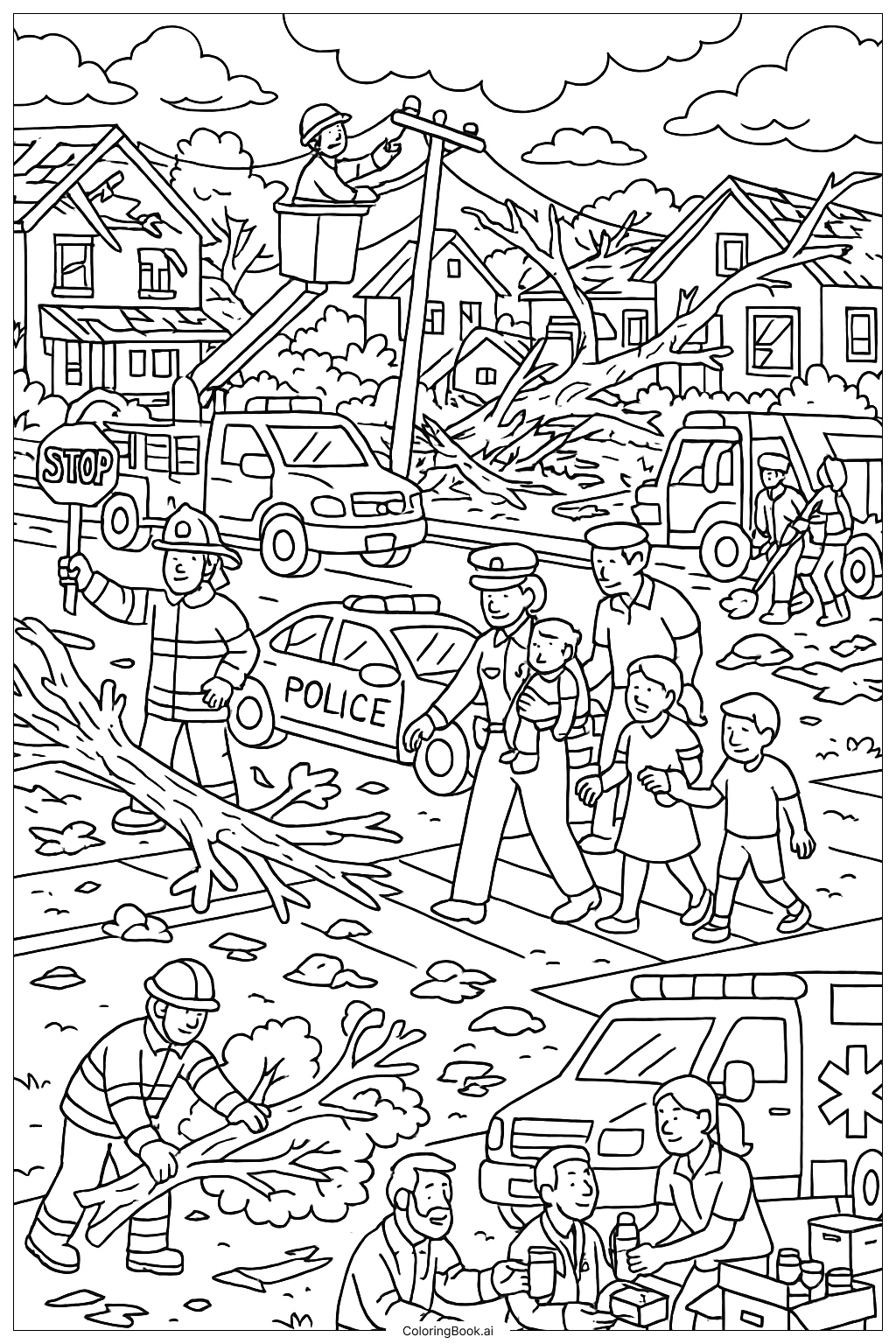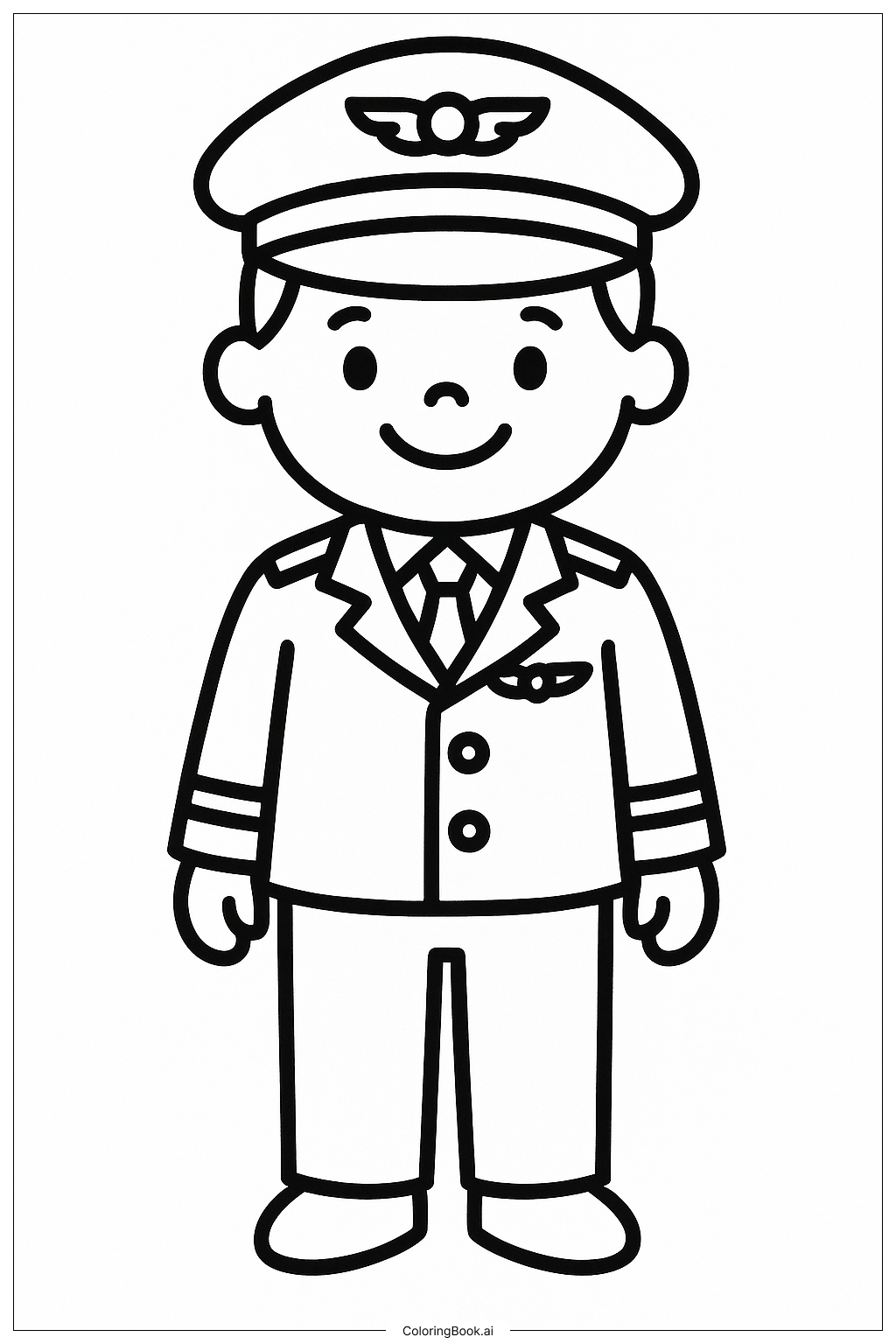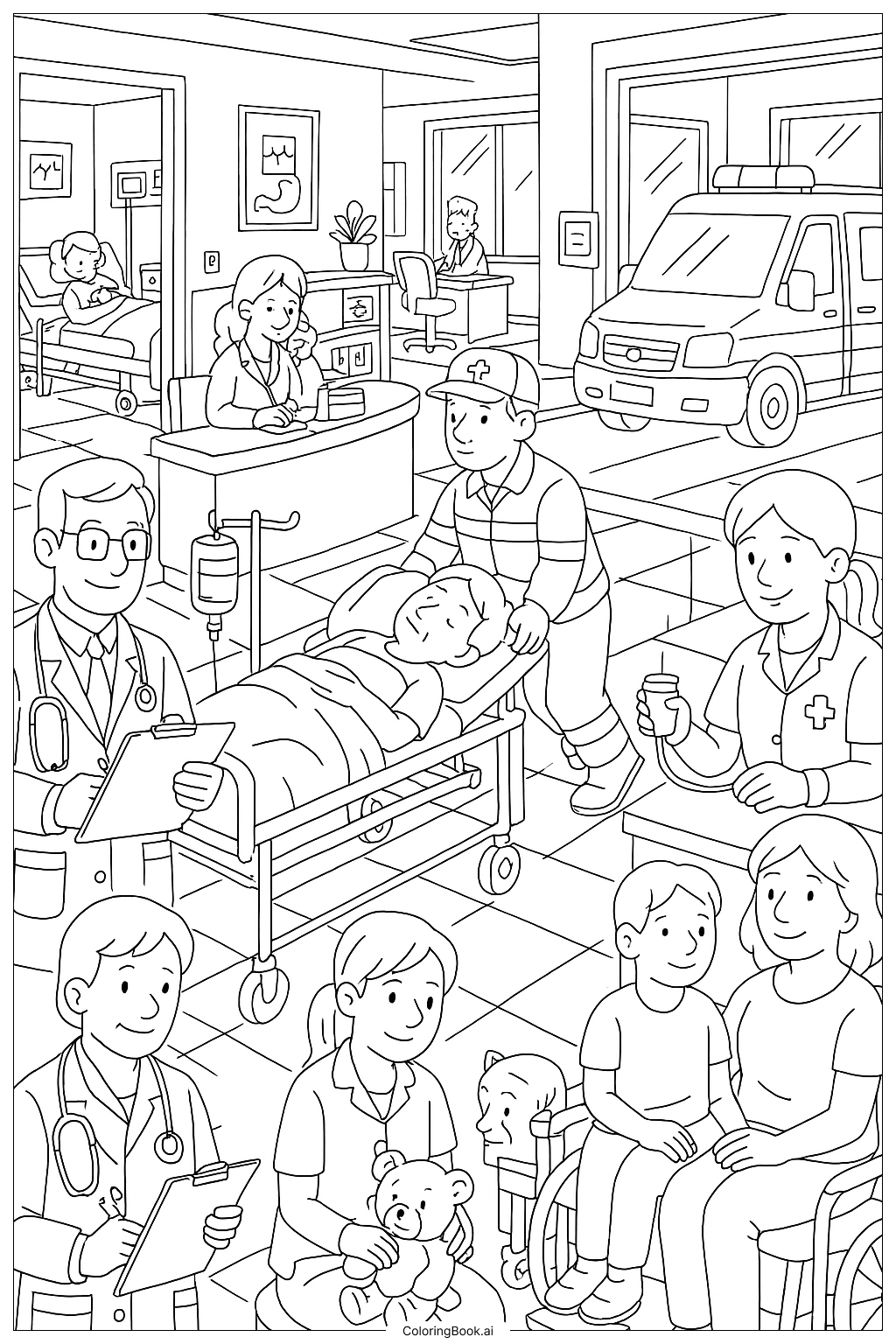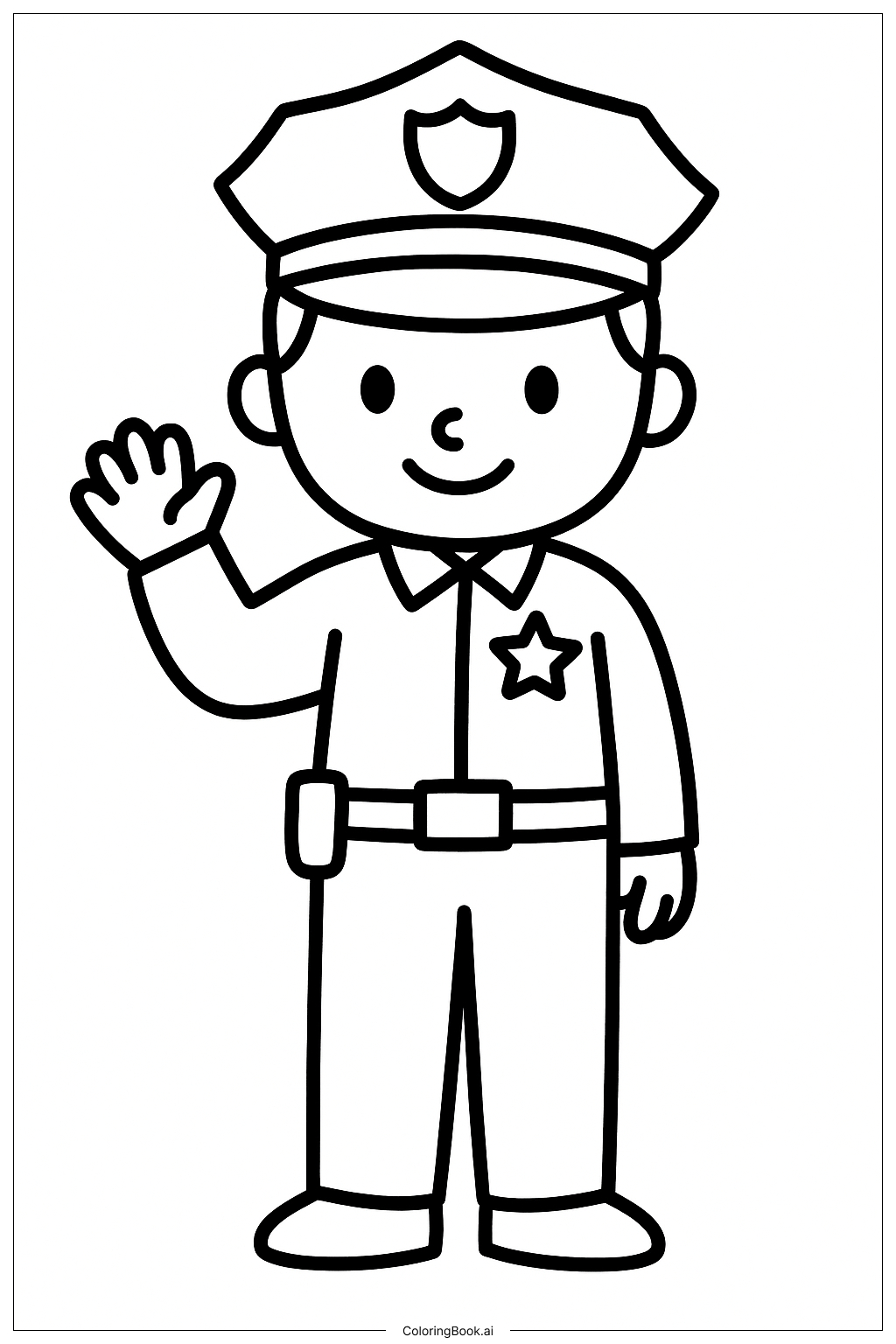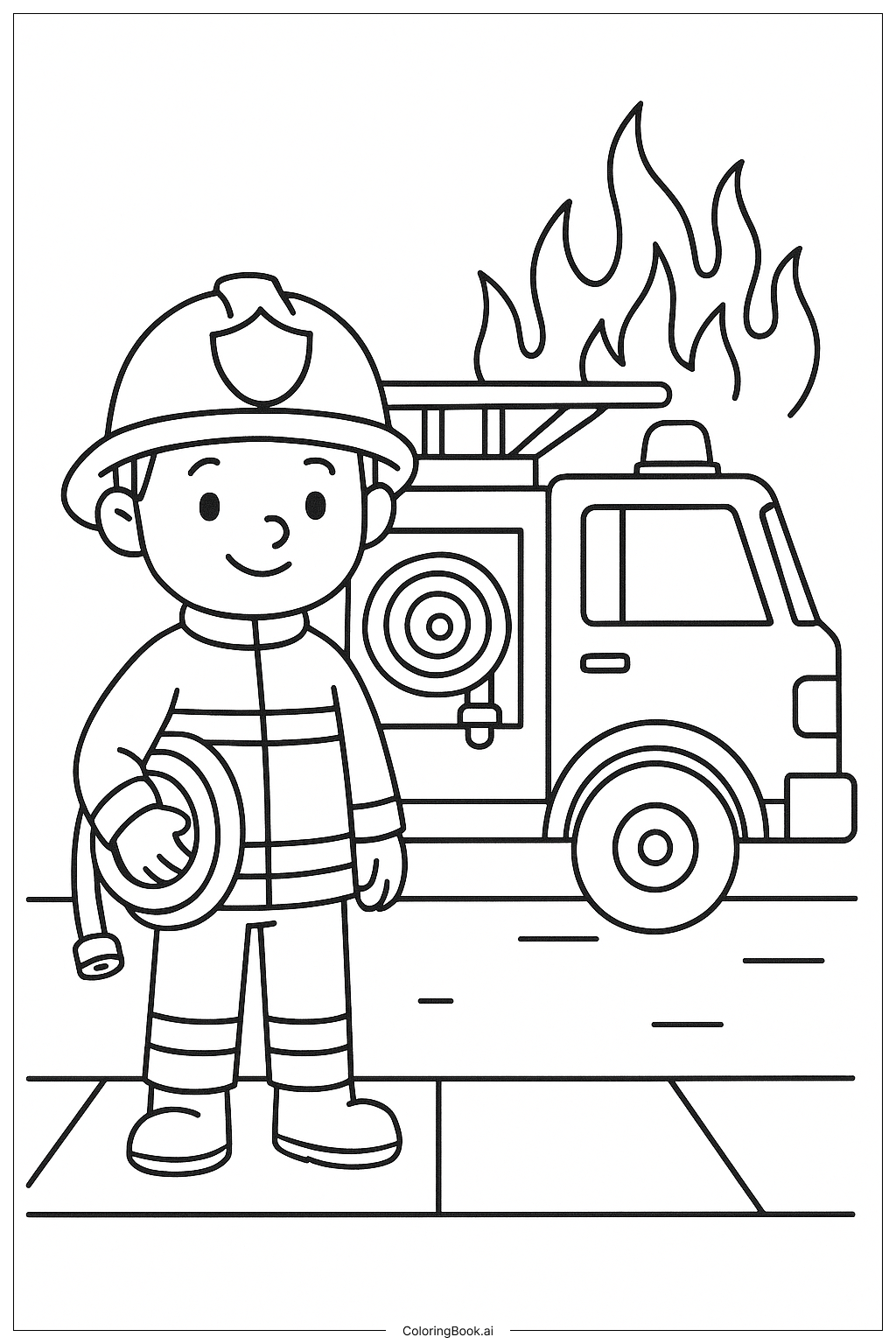Coloring tips: How to color Community Helpers Working After A Storm coloring page well?
Use bright colors for the helpers’ uniforms like red for firefighters, blue for police, and yellow or orange for medical and repair workers. Color the vehicles with typical colors such as red for fire trucks, black and white for police cars, and white with red for ambulances. For the houses, use natural colors, and add shades for the broken roofs and fallen tree branches. Use soft blue and gray for the sky and clouds to show it is clearing after the storm. Add green for bushes and grass but leave some areas brown or gray to show the damage. Use bright colors on the people to make them stand out. This will make the picture lively and easy to understand.
Coloring challenges: Which parts are difficult to color and need attention for Community Helpers Working After A Storm coloring page?
1. Small details like the faces of the community helpers and children need careful coloring to keep them neat. 2. The fallen tree branches and broken roofs have many lines, which might be tricky to color without going outside the lines. 3. Vehicles have different sections and small parts that require attention to avoid coloring mistakes. 4. The wires and poles need steady hand coloring because they are thin and close to other objects. 5. Balancing bright colors on clothes and vehicles with the dull colors of the broken environment can be challenging to make the picture look natural but lively.
Benefits of coloring books: Advantages of drawing Community Helpers Working After A Storm coloring page
Coloring this page helps children learn about community helpers and their work after a storm. It improves fine motor skills by coloring small and large areas. It encourages attention to detail and patience. Kids can learn about teamwork and how different helpers work together. It also sparks creativity in choosing colors while understanding the scene better. Coloring such scenes can boost children’s awareness of safety and community support.
